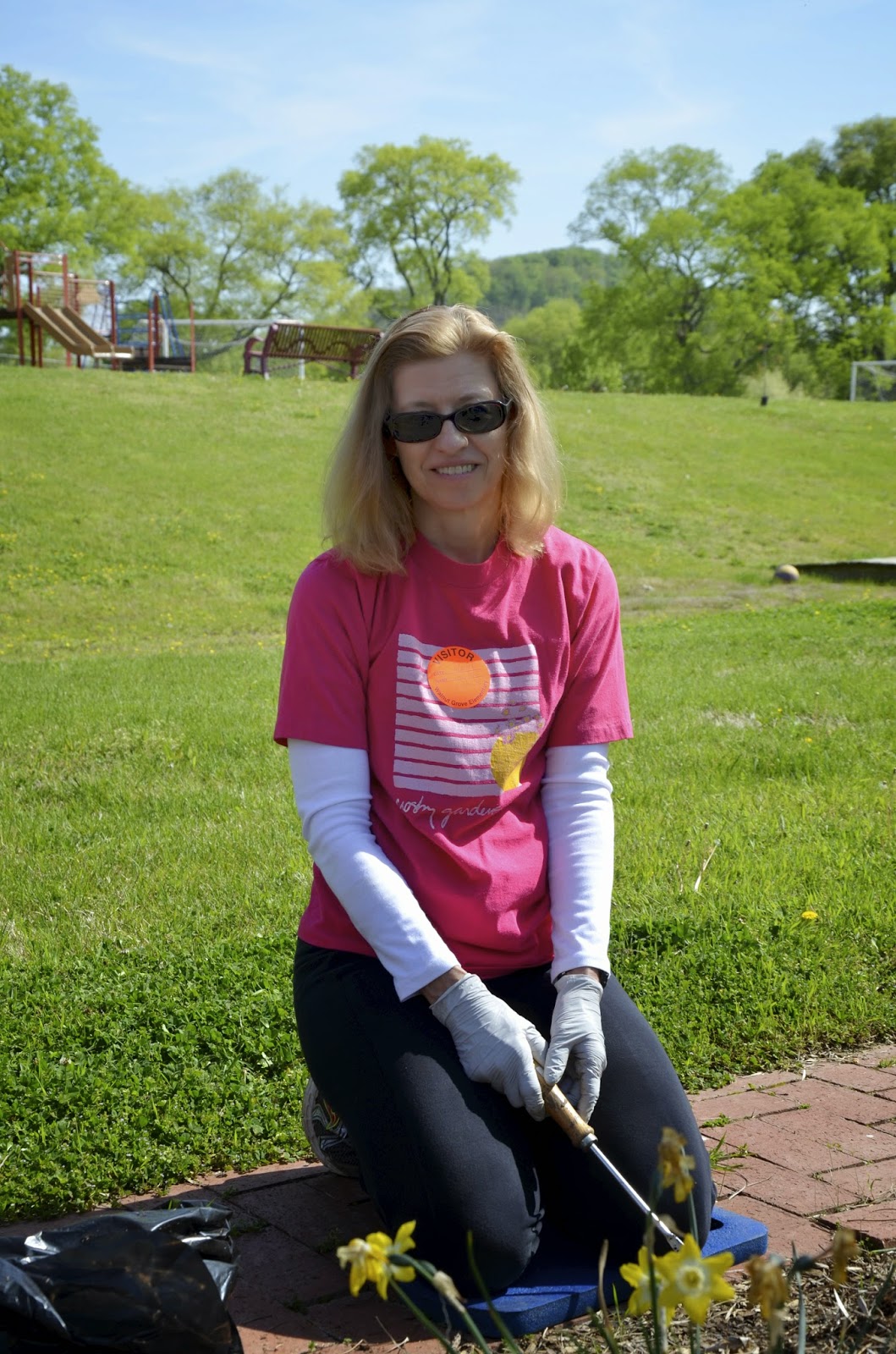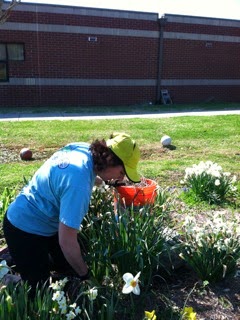Butterfly Life Cycle /
Butterfly Metamorphosis
Monarch butterflies are the most beautiful of all
butterflies, some say, and are considered the “king” of the butterflies, hence
the name “monarch”.
The Butterfly Life Cycle
There
are 4 stages to complete the life cycle. All butterflies have "complete metamorphosis."
The stages are: egg, larva, pupa
and adult. Each stage has a different goal - for instance, caterpillars need to
eat a lot, and adults need to reproduce. Depending on the type of butterfly,
the life cycle of a butterfly may take anywhere from one month to a whole year.
The First Stage, The Egg
A
butterfly starts life as a very small, round, oval or cylindrical egg.
The coolest thing about butterfly eggs, especially monarch butterfly eggs, is
that if you look close enough you can actually see the tiny caterpillar growing
inside of it. Some butterfly eggs may be round, some oval and some may be
ribbed while others may have other features. The egg shape depends on the type
of butterfly that laid the egg.
Butterfly
eggs are usually laid on the leaves of plants, so if you are actively searching
for these very tiny eggs, you will have to take some time and examine quite a
few leaves in order to find some.
The Second Stage: The Larva
(Caterpillar)
When
the egg finally hatches, most of you would expect for a butterfly to emerge,
right? Well, not exactly. In the butterfly’s life cycle, there are
four stages and this is only the second stage. Butterfly larvae are
actually what we call caterpillars. Caterpillars do not stay in this stage for
very long and mostly, in this stage all they do is eat.
When
the egg hatches, the caterpillar will start his work and eat the leaf they were
born onto. This is really important because the mother butterfly needs to lay
her eggs on the type of leaf the caterpillar will eat – each caterpillar type
likes only certain types of leaves. Since they are tiny and cannot travel to a
new plant, the caterpillar needs to hatch on the kind of leaf it wants to
eat.
Caterpillars
need to eat and eat so they can grow quickly. When a caterpillar is born, they
are extremely small. When they start eating, they instantly start growing and
expanding. Their exoskeleton (skin) does not stretch or grow, so they
grow by “molting” (shedding the outgrown skin) several times while it grows.
The Third Stage: Pupa
(Chrysalis)
The pupa stage is one of the
coolest stages of a butterfly’s life. As soon as a caterpillar is done
growing and they have reached their full length/weight, they form themselves
into a pupa, also known as a chrysalis. From the outside of the pupa, it
looks as if the caterpillar may just be resting, but the inside is where all of
the action is. Inside of the pupa, the caterpillar is rapidly
changing.
Now,
as most people know, caterpillars are short, stubby and have no wings at
all. Within the chrysalis the old body parts of the caterpillar are
undergoing a remarkable transformation, called ‘metamorphosis,’ to become the
beautiful parts that make up the butterfly that will emerge. Tissue, limbs and
organs of a caterpillar have all been changed by the time the pupa is finished,
and is now ready for the final stage of a butterfly's life cycle.
 Our Butterfly Garden at WGES is waking up to spring! Flowers are blooming for good nectar supplies for our visiting butterflies! The 2nd grade classes are about to release their butterflies. If you would like to purchase your own butterfly kit, here are a few good sources:
Our Butterfly Garden at WGES is waking up to spring! Flowers are blooming for good nectar supplies for our visiting butterflies! The 2nd grade classes are about to release their butterflies. If you would like to purchase your own butterfly kit, here are a few good sources:






































